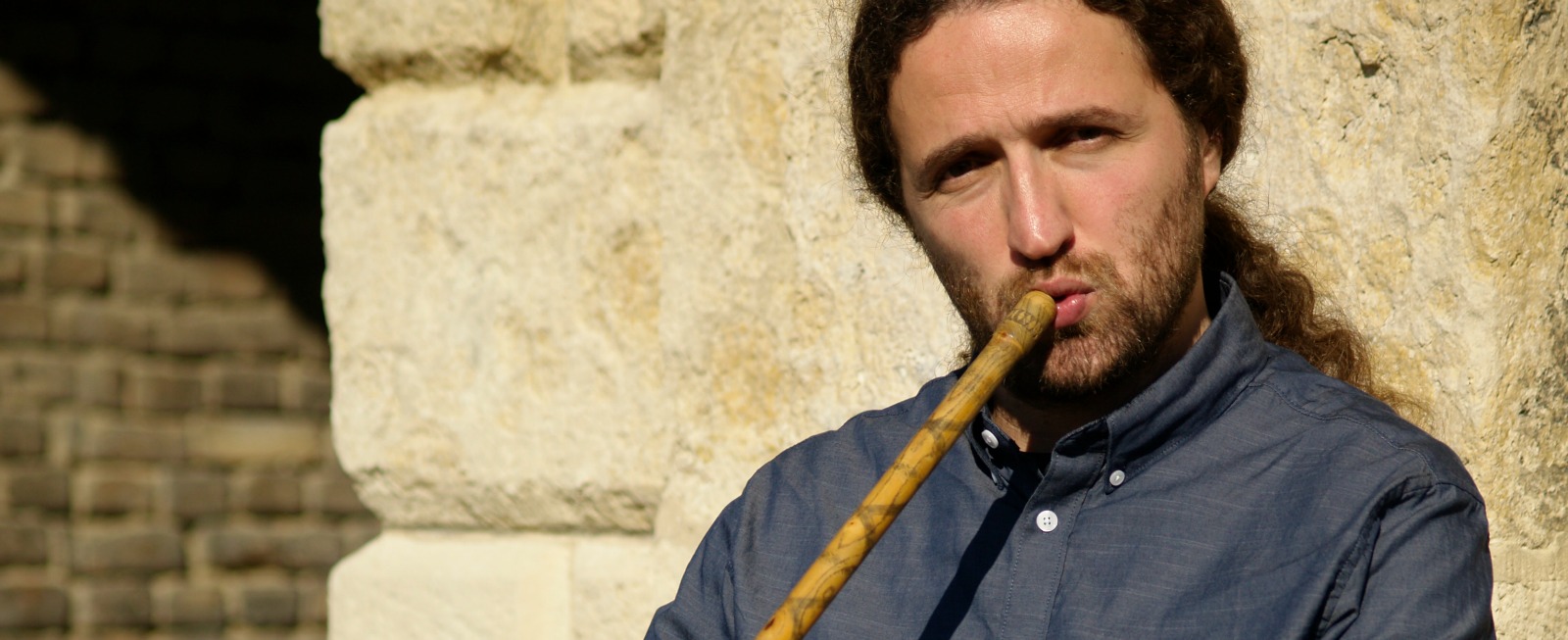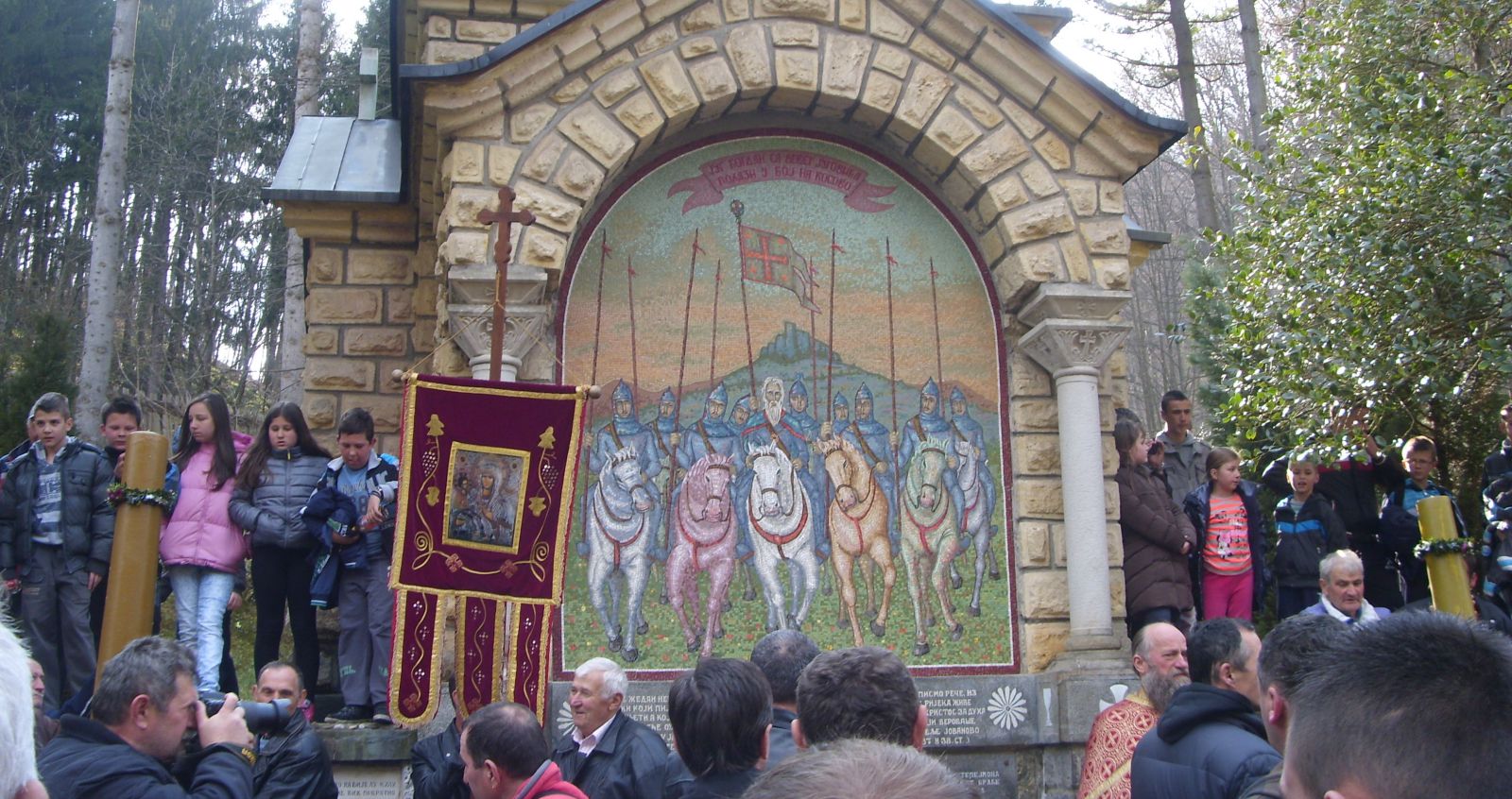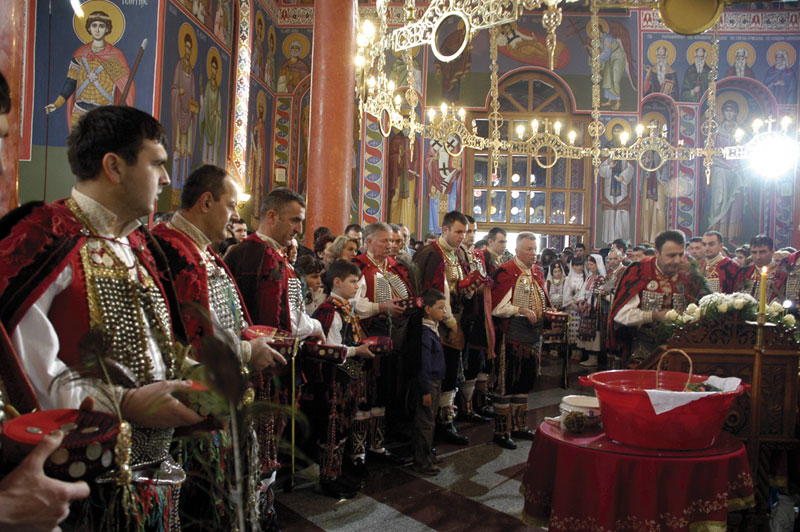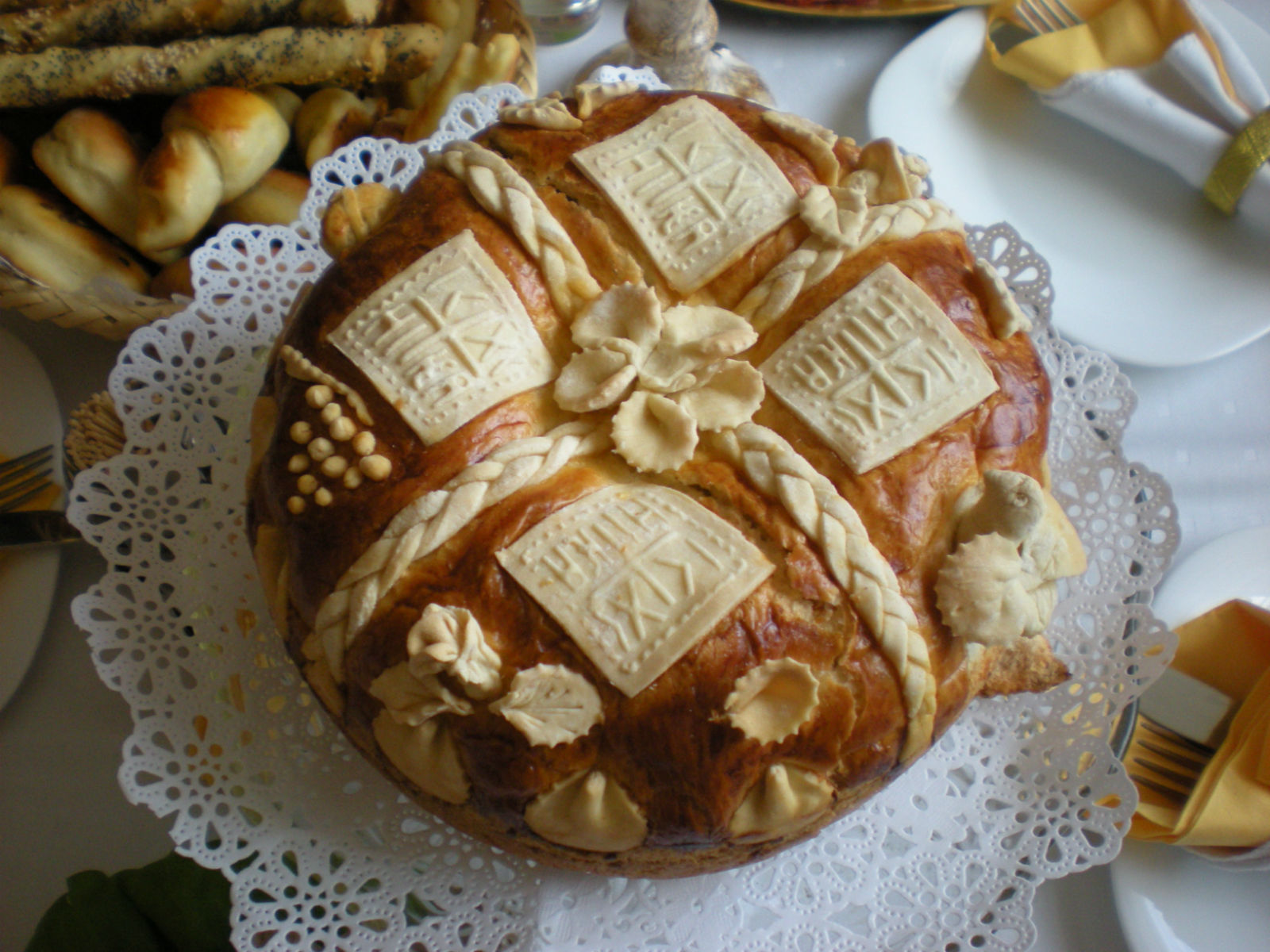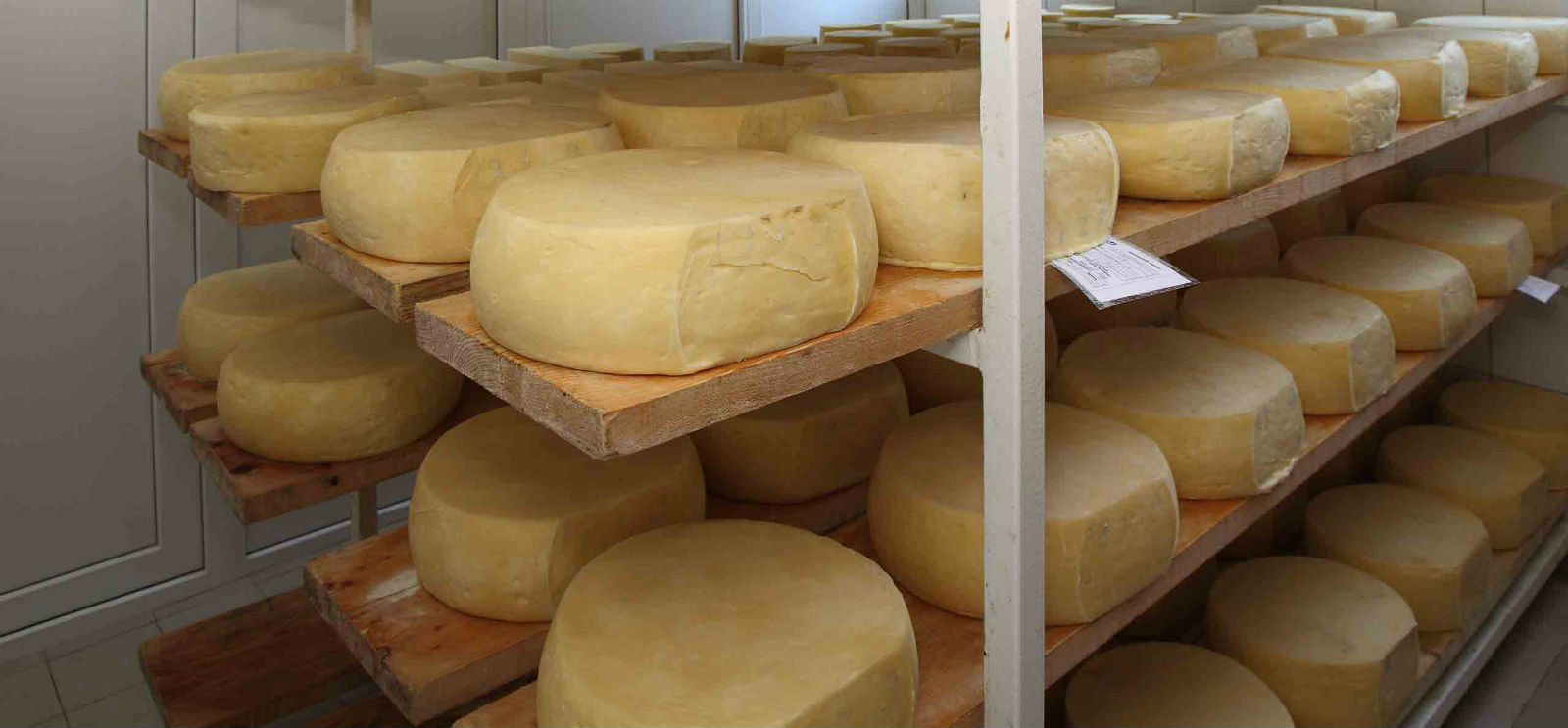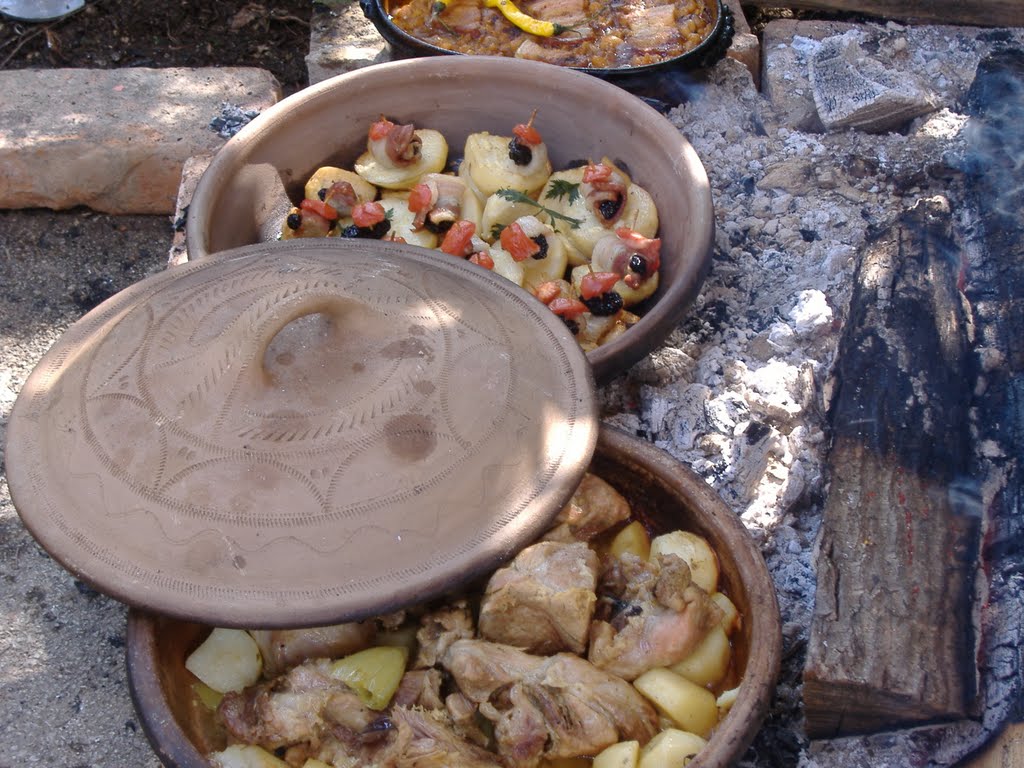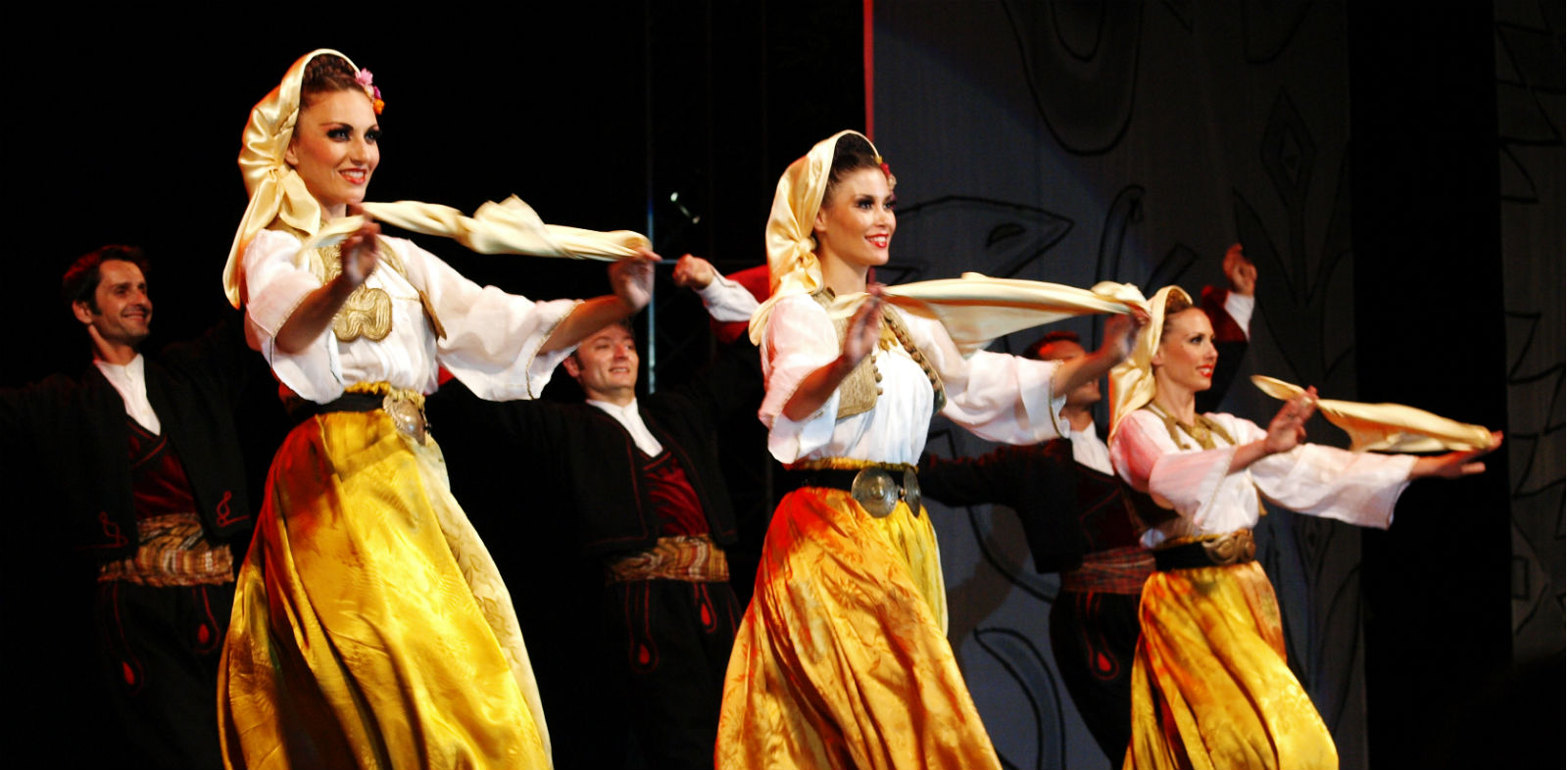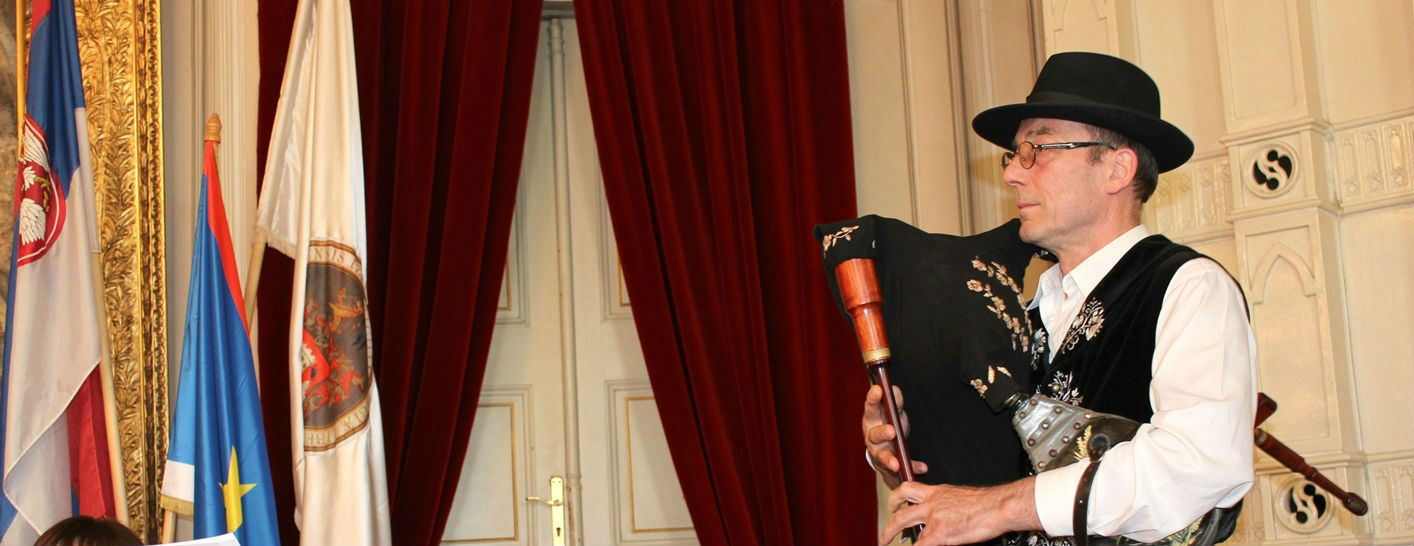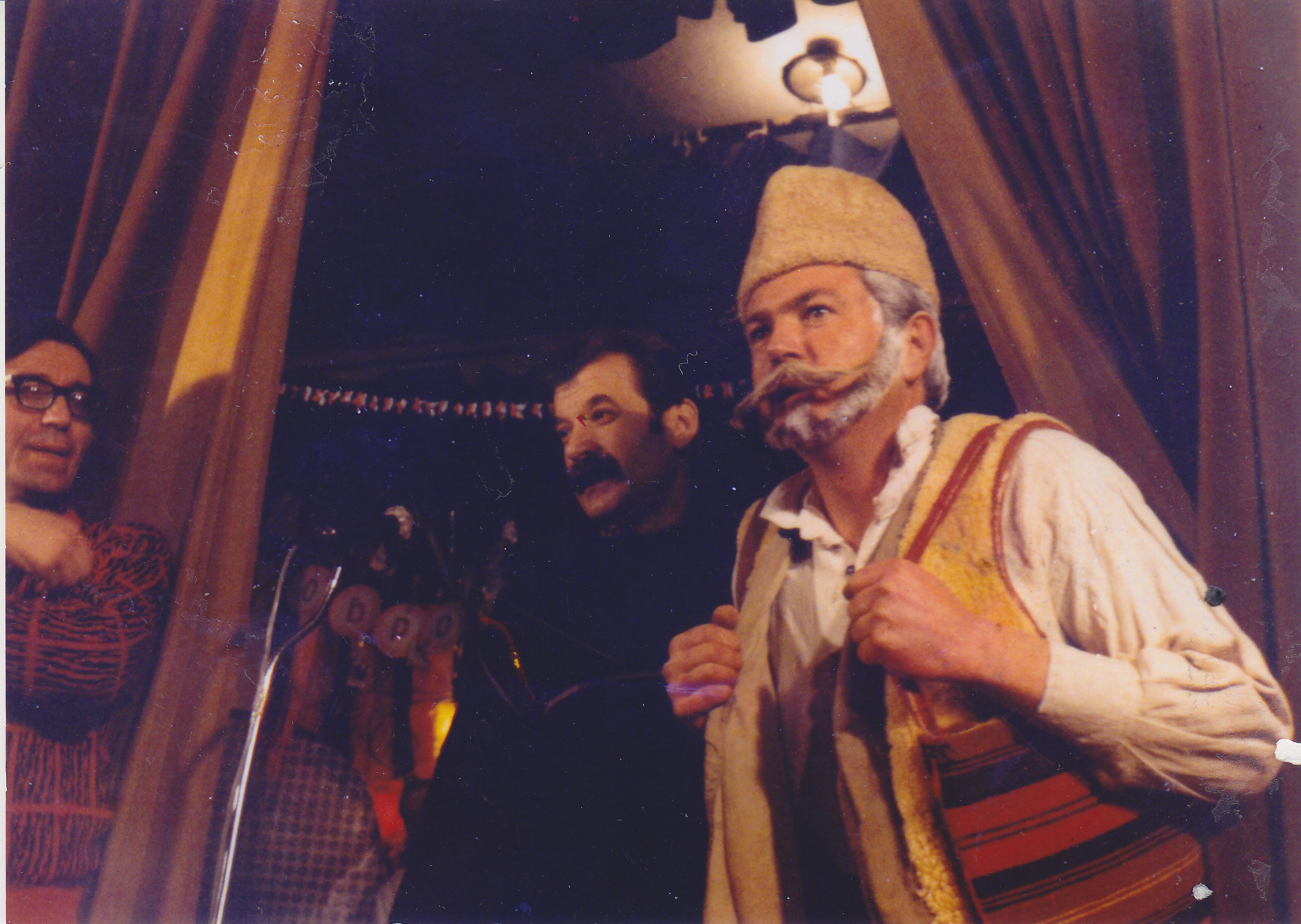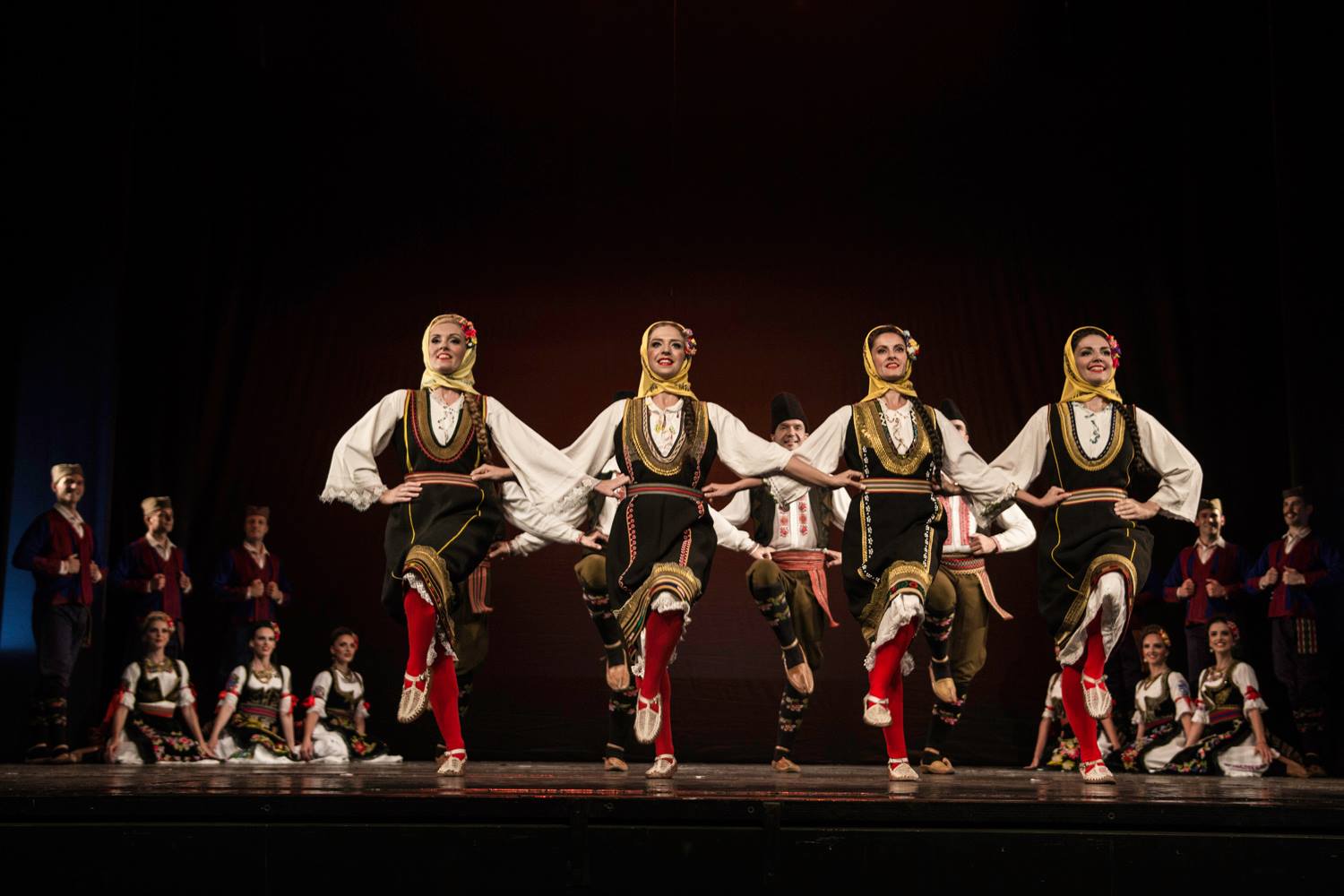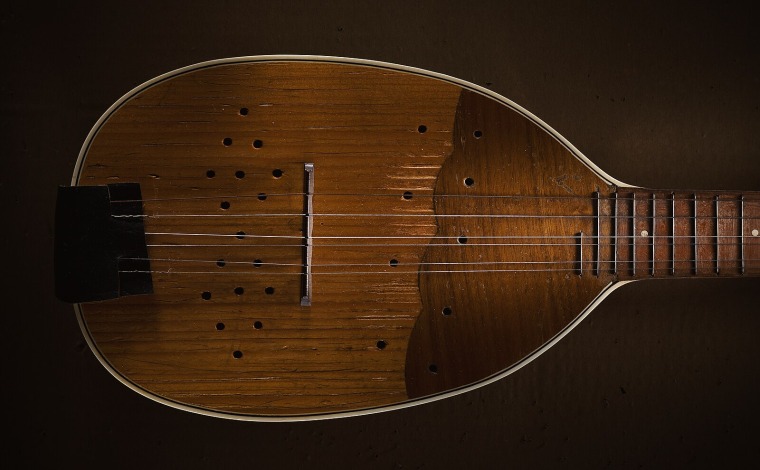Without the fife, one of the Serbian symbols, we cannot talk about Serbian music. The sounds of this wooden instrument, which shepherds once used most frequently, can be heard even nowadays on numerous events which protect the rich cultural heritage that was inherited from their ancestors.
Sviralo or duduk, nowadays known as the fife, was always the symbol of both rural and urban communities across Serbia. Fifes can be made from different types of trees – plum, maple, thorny locust, cornel and boxwood, and sometimes they were even made from anything that could be found in nature. People used to say that in order to make a good fife you needed to cut one branch in autumn so that it could dry during the winter and a sharp knife to remove the bark.
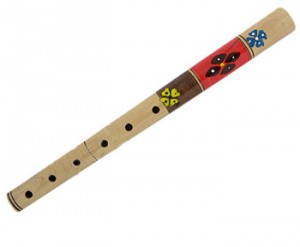 In order to make glue you needed one egg white, three or four minced garlic cloves and an egg sized lump of plum resin. Some milk needs to be poured over the branch before it is left to dry during the winter, afterwards it is smeared with oil and vinegar several times, and finally it needs to be put in a roasted lamb so it could soak in grease, which prevents it from becoming moist
In order to make glue you needed one egg white, three or four minced garlic cloves and an egg sized lump of plum resin. Some milk needs to be poured over the branch before it is left to dry during the winter, afterwards it is smeared with oil and vinegar several times, and finally it needs to be put in a roasted lamb so it could soak in grease, which prevents it from becoming moist
Nowadays modern techniques are used, and smaller fifes that have the seventh hole on the bottom side are often made.
Even though fife players used to play on a daily basis, on village gatherings or for their own satisfaction, nowadays you can usually hear the sound of this wooden instrument on festivals and fife competitions across Serbia.
The process and techniques of fife making, oral transfer of fife playing techniques, various playing techniques, circular breathing technique, as well as several types of traditional dances are also in the group of intangible cultural elements that are associated with fife playing.
Some of the best know festivals which are trying to preserve the fife practice and folk music in Serbia are: Serbian fife festival “Oj, Moravo” in Prislonica, Balkan festival of traditional musical instruments – Grljan, Vojvodina fife festival “Škripi đeram” in Mali Iđoš, Sopot fife festival etc. The participants of these festivals are the veteran, senior and junior fife players, who transfer their knowledge about fife playing orally.
The importance of these events doesn’t lie solely in preserving the fife practice, but also in the presentation and promotion of other traditional instruments, fife makers, artisans of various old crafts and authentic procedures of preparing the specialties form the Serbian national cuisine. In addition, fife schools and various art colonies are organized, which give the festivals educational and creative character.
Bora Dugić is one of the most famous fife players in Serbia. For more than forty years, this fife master has been trying to make the fife folk songs more popular and he constantly plays using traditional music motifs. Known for his prolific and rich discography, Dugic has managed to combine traditional and contemporary music elements.
Local communities, fife associations, cultural – artistic societies, cultural institutions and music schools are also taking their part in preserving the fife practice in Serbia. However, in order to protect this important element from the list of intangible cultural heritage of Serbia, a better connection between individuals, groups and professional associations on state and regional level is required.
Fife sounds in diaspora
People in diaspora gladly listen to the familiar sound, which evokes memories and bring you back to your home country. Whenever one of the numerous ensembles, associations or music groups have a concert somewhere in Europe or in the world, all the tickets are always sold. Organizers and participants of Serbian festivals, point out that the Serbs from diaspora, who want to protect their national identity and stay connected to their motherland are the most frequent visitors.
“One of the happiest occasions for us during the whole year is the visit to Vojvodina fife festival. Vojvodina is our homeland and all of our relatives and friends live there. We sing together and enjoy the sounds of the best instrument in the world – the fife“, says Jadranka Popovic who moved to Germany three years ago.
Related Articles
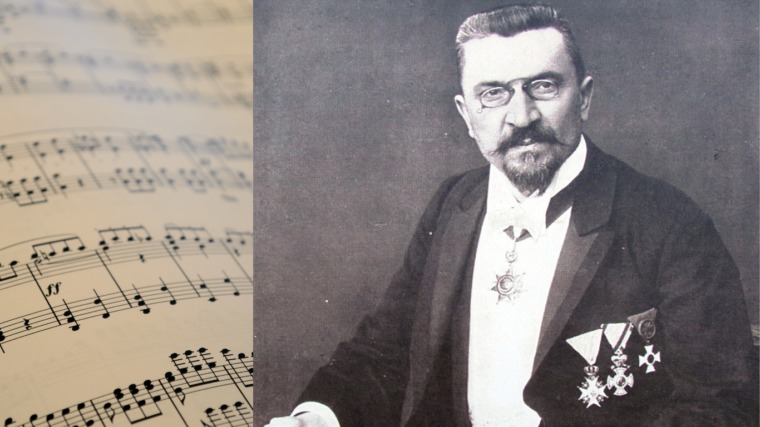
The Father of Serbian Music: Remembering Stevan Mokranjac
September 22, 2025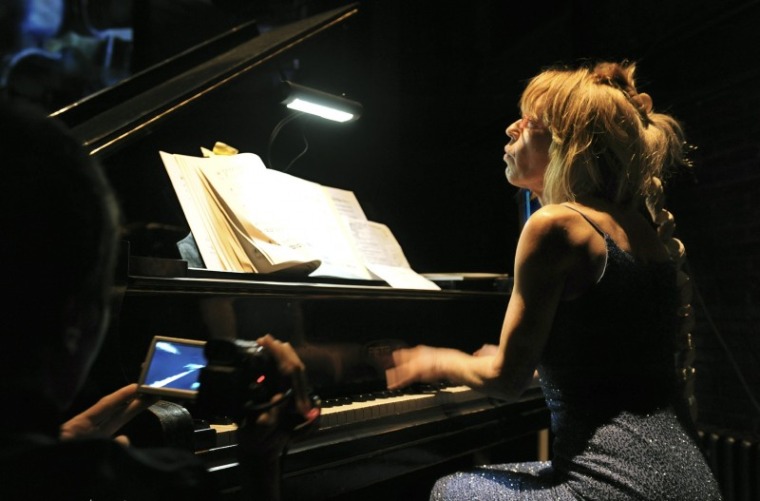
Nada Kolundzija opens Serbian Month 2016 in London
January 12, 2016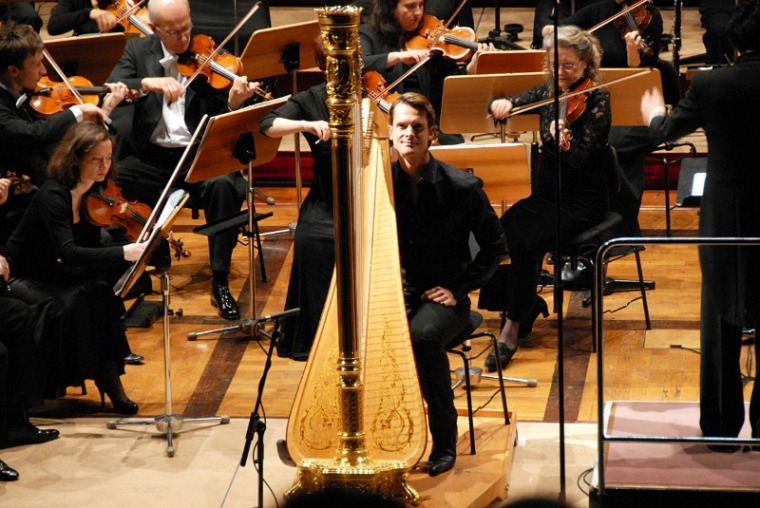
One of the world’s best harpists to perform with Belgrade Philharmonic
November 26, 2015


